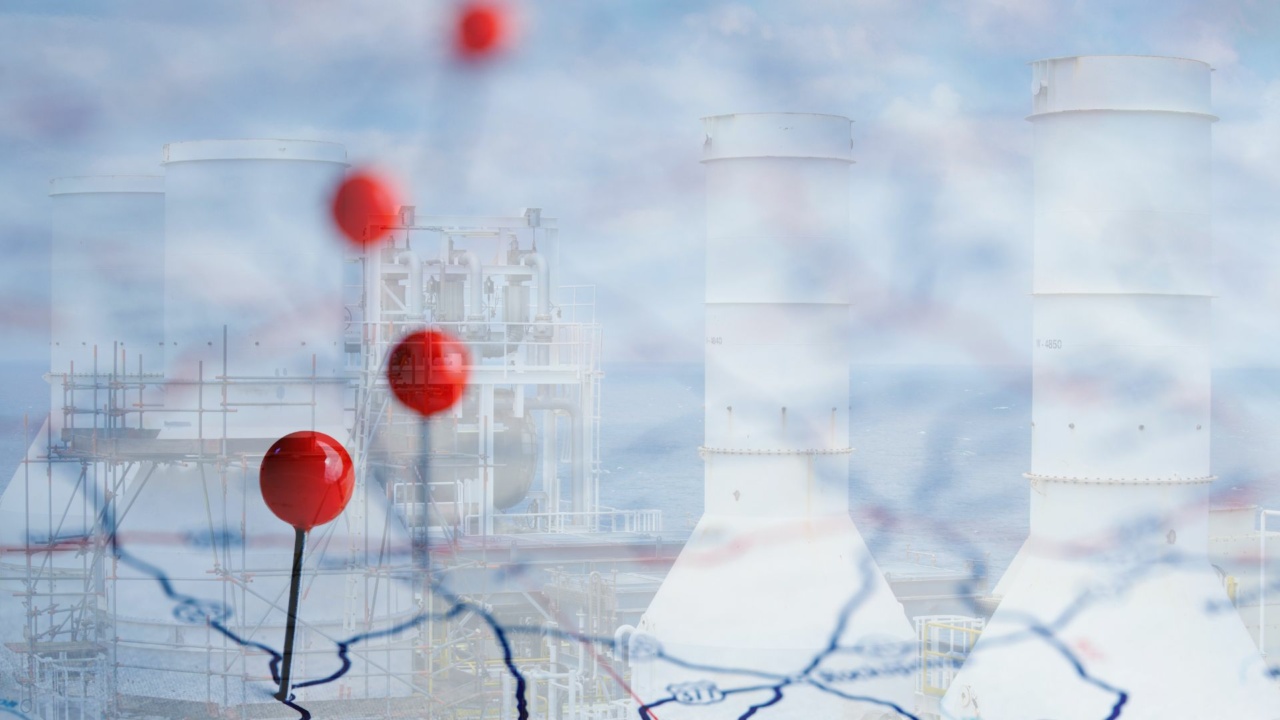In the oil and gas industry, embracing new technologies and processes is no small feat. For companies adopting site-level measurements for the first time, the journey is both exciting and challenging. While the long-term benefits are many, the initial steps can be daunting. I often refer to this as a common learning curve, where the challenges are part of the progress to a more streamlined and effective workflow.
The Learning Curve:
When a company undertakes its first site-level measurement, the lack of an established workflow is one of the most significant hurdles. Unlike deploying traditional measurement methods, such as CEMS or LDAR, which may have long-standing protocols and familiar tools, the adoption of site-level measurements with new technologies often starts from scratch. Some of the typical challenges are:
- No Established Workflow Without prior experience, companies often find themselves creating workflows on the go. The absence of pre-existing tools and protocols means that every decision must be carefully considered and adapted. This can lead to longer project timelines as teams navigate uncharted territory.
- Communication Gaps External communication can be fragmented, with too many stakeholders involved in the process. This often results in confusion and delays as non-essential parties weigh in, losing focus and efficiency of the project.
- Translating Data into Insights The absence of a dedicated unit with qualified and specialized talent, capable of understanding emission data and translating it into insightful information. This hinders the utilization of data and the delivery of data-driven recommendations to the operational and maintenance teams.
- Standards Misalignment All operational standards in oil and gas are rigorously designed to ensure safety at all times. Nonetheless, some local safety frameworks may not always align with the equivalent compliance solutions designed by international suppliers. Adapting existing rules to fit internationally certified approaches without compromising safety is a significant challenge.
- Bureaucratic Hurdles Operational and logistical aspects can be bureaucratic and often results in a slow-moving process. Clients and suppliers must not undermine how it can hinder the adoption and scaling-up the usage of new technologies and measurement techniques.
Turning Challenges into Opportunities
While these challenges may seem overwhelming at first, they also present unique opportunities for growth, improvement and competitiveness. For companies willing to embrace change, the initial hurdles can pave the way for long-term benefits:
- Adapting to Change Adopting new measurement technologies pushes companies out of their comfort zones, encouraging new protocols, work units, and job descriptions. We have seen industry leaders rethinking and redesigning their organizational structure, putting the environmental and health departments at the core of their operational excellence.
- Process Improvement Venturing into site-level measurements offers a chance to critically review and improve existing processes and equipment. Companies often find unexpected high venting and emission areas, and low flare DRE and combustion efficiency. When the results are shared with the operators, abatement strategies, such as replacing inefficient processes and faulty equipment with new technologies, become more effective and can come at even net-zero cost. Companies are, for example, deploying detection programs and fast-response teams to repair leakages and avoid methane losses, replacing inefficient equipment with new compressors and turbines to reduce fuel consumption.
- Digitalization Traditional management and reporting processes often involve repetitive and unnecessary paperwork. By scrutinizing and optimizing these procedures, companies can create more efficient and scalable systems that save time and resources in future projects. Companies are, for example, integrating data management systems to compile all acquired data and streamline MRV process.
- Enhanced Supplier Collaboration Working through challenges alongside suppliers develops stronger partnerships. The collaborative effort to overcome obstacles builds trust and paves the way for more seamless projects in the future. Furthermore, collaboration and knowledge sharing between different suppliers fosters a seamless integration of data results, and supports the comparison and reconciliation phases.
A Path Forward
The initial hurdles of integrating a new service often become the stepping stones toward more innovative and efficient operations. Companies that approach this learning curve with an open mindset and a willingness to collaborate often find faster, standardized, time- and cost-efficient solutions.
By embracing challenges as opportunities, oil and gas professionals can redefine workflows, build stronger partnerships, lead the way in adopting cutting-edge measurement technologies, and reaching competitive advantages.
